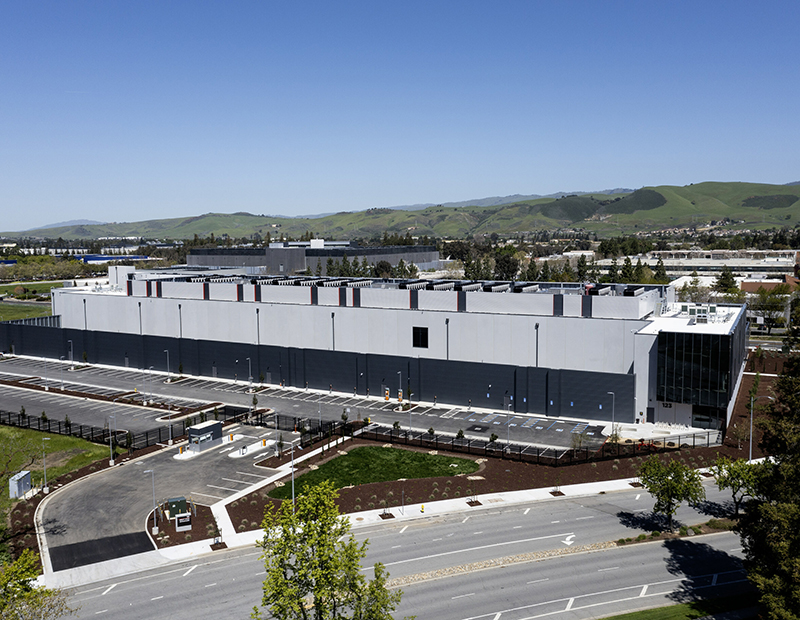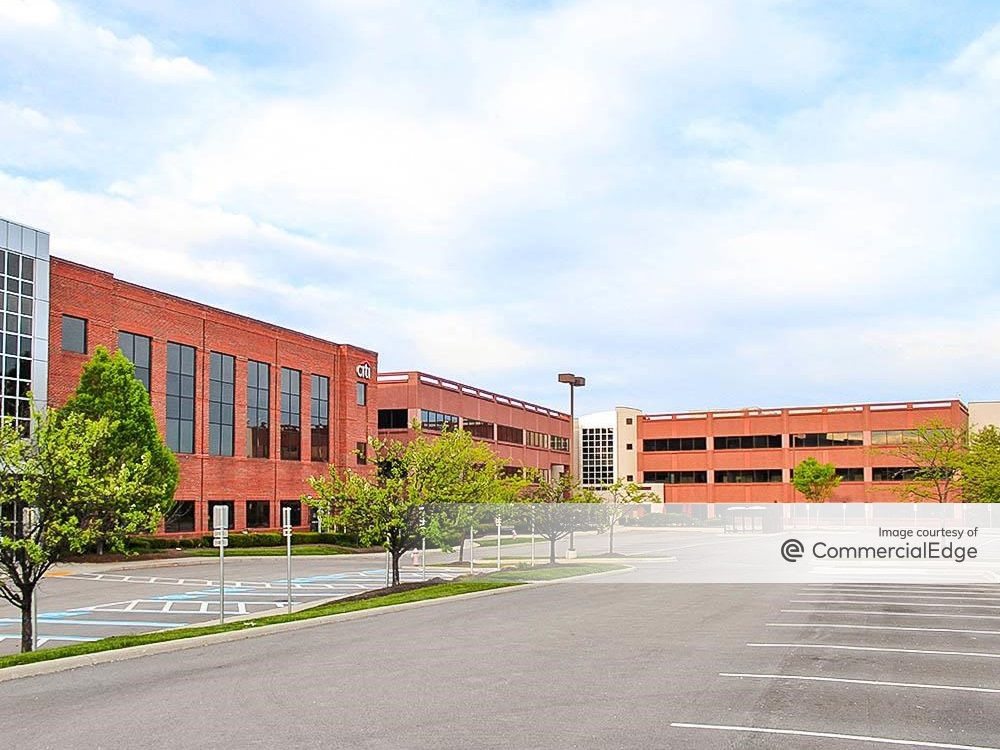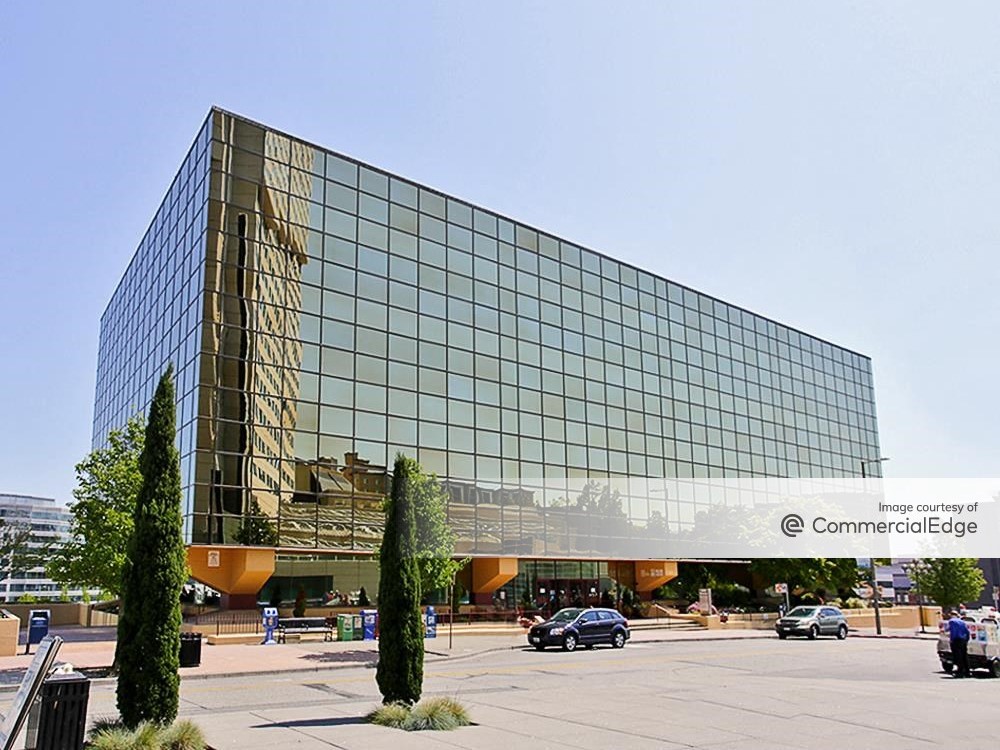Coronavirus Raises Commercial Real Estate Uncertainty
Reports from Marcus & Millichap and Colliers International look at impacts on commercial real estate sectors from the growing COVID-19 outbreak in the U.S.
As the cases of the coronavirus that causes the COVID-19 disease continue to increase across the U.S., topping more than 1,000 on Tuesday, some impacts on the commercial real estate market are starting to be seen. Reports from Marcus & Millichap and Colliers International predict most impacts to be temporary, perhaps only lasting several months until the spread of the virus is contained.
READ ALSO: Policy Remedies for Coronavirus Appear Imminent
Marcus & Millichap’s Coronavirus Outbreak: Implications for Real Estate report notes the U.S. economy is well-positioned to withstand shocks to the system from the coronavirus citing “sturdy job creation and growth drivers.” It states real estate supply and demand is generally in balance and should support stable occupancy and a steady outlook. It adds that because real estate is a long-term investment, it offers investors less volatility than most other investments. The report states previous outbreaks such as SARS, the H1N1 “swine flu” and avian or bird flu generated short-term market instability that stabilized within three to six months.
Marcus & Millichap reports commercial real estate investment activity remains vibrant and they expect the steep decline in interest rates will support refinancing and acquisitions. While the report states many lenders have been able to lock in debt in the 3 percent ranges, it does note, “the reduced cost of capital has not translated to higher property valuations or lower cap rates as many sellers hoped because the new coronavirus does create additional uncertainty for many buyers.”
The report does point to some potential risks for real estate, noting there could be disruptions to the economy related to public policies discouraging or restricting travel and public events. We are starting to see some of the effects, with the CDC taking the unusual step in recent days to recommend travelers, especially older adults and those with underlying health issues to avoid cruise ship travel worldwide. The CDC also advised those high-risk adults to avoid crowded places and long plane trips. Major events, such as the South by Southwest tech and entertainment festival in Austin, Texas, and Boston’s St. Patrick’s Day parade celebration, were cancelled, and others like the Coachella music festival in California were postponed. Many businesses, including Google and Amazon, have cancelled non-essential travel, and a growing number are asking employees to work at home.
Sector by Sector Impacts
Hospitality—Because of event cancellations and crackdowns on business travel, Marcus & Millichap states the hospitality sector is the CRE asset class that will likely face the most direct impact from the coronavirus outbreak in the U.S. “Properties with significant Asian customer base will face softening demand, but venues catering to conferences and major events could also be impacted if businesses and organizations cancel these gatherings,” the report said. The good news is the average 2019 occupancy rate was a near record high at 66.2 percent, so even if there are some losses, the sector should remain above the 30-year average occupancy of 62.5 percent, according to Marcus & Millichap.
Office—Marcus & Millichap reported the office sector should see little direct impact over the short term from the coronavirus outbreak, noting the tight labor market supports demand. Absorption is also expected to keep pace with deliveries of new office supply, which should keep the national vacancy average rate stable at 13.0 percent. The Colliers International report on impacts in the Pacific Northwest stated there could be temporary building closures and increases of janitorial expenses to pay for deep-cleaning costs. Long-term impacts cited by Colliers International include landlords favoring tenants that have remote-work policies and forcing owners to include or exclude epidemics from “force majeure” clauses in leases.
Industrial—Marcus & Millichap states the flow of goods will likely slow due to the shutdown of factories in China, where the SARS-CoV-2 virus causing COVID-19 originated, but it should not generate great risk to industrial space demand. Some West Coast distribution hubs like Riverside-San Bernardino in California are seeing a wave of big developments hitting the market and some companies may hold off on committing to large space blocks as they monitor the economy and supply chain issues. The Colliers International report takes a tougher stance on the industrial impacts noting the Pacific Northwest is already seeing supply chain disruptions and expects that to continue for at least three to six months, and possibly long term. Colliers International also reports that the port cities of Seattle and Portland, Ore., are facing export losses as Chinese quarantines lead to less demand for their products.
Retail—The supply chain slowdown could also impact the retail sector, according to Marcus & Millichap. Other coronavirus impacts could include loss of tourist traffic and fewer people visiting shopping, dining and entertainment venues as they avoid crowded places. But overall, the retail real estate demand should remain stable, the report said.
Construction—The Colliers International report noted construction costs could surge as contractors must switch to more expensive American steel rather than importing steel from China. Shlomi Ronen, principal of Dekel Capital, a Los Angeles-based real estate merchant bank that serves CRE operators, investors and developers, agreed that there will be at least short-term impacts on construction costs because the U.S. is so dependent on China for raw materials for construction projects. In a market report about coronavirus impacts on U.S. commercial real estate and real estate finance, Ronen said building supplies are already dwindling, as shipments from China are down at least 25 percent. He said the lack of materials could result in significant project delays and cost escalations for developments that have not yet broken ground.








You must be logged in to post a comment.